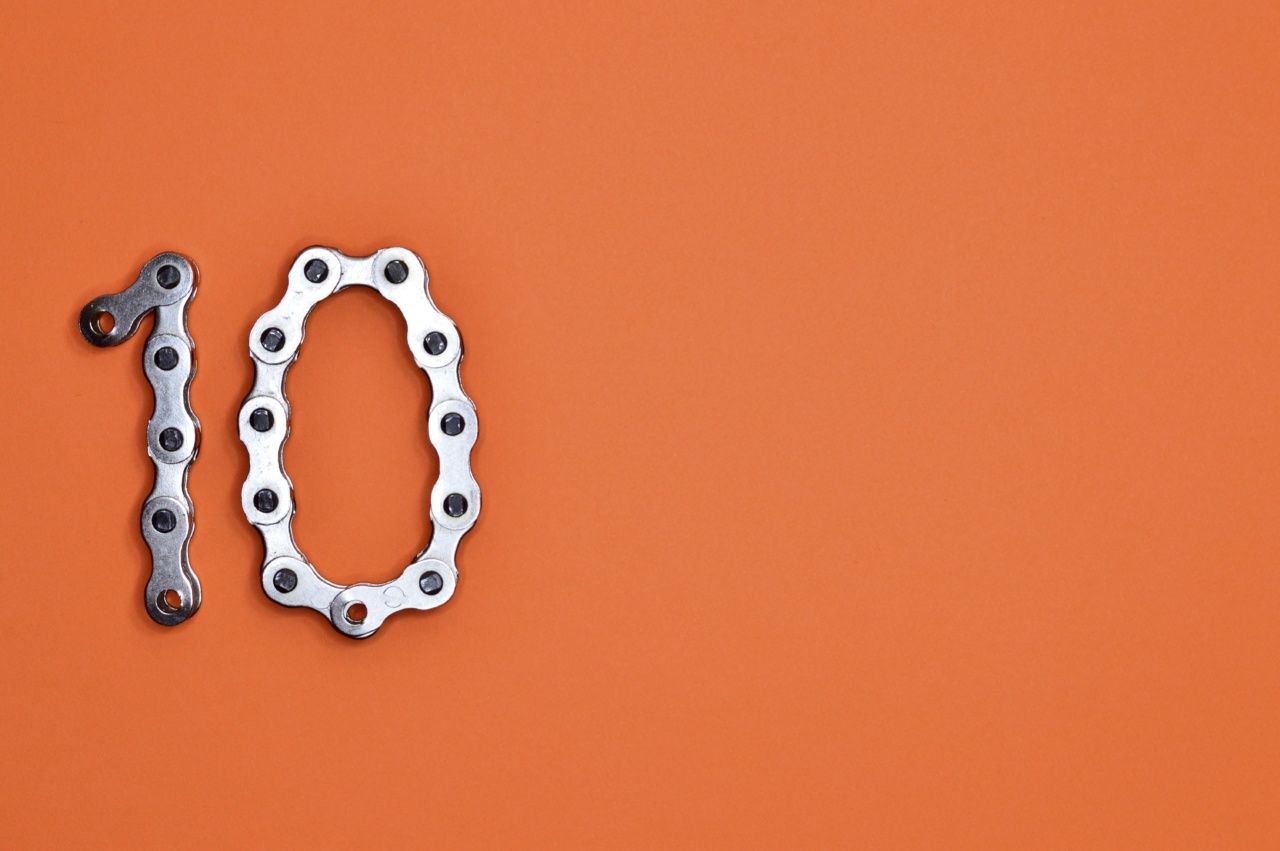Stroke is a debilitating condition that occurs when the blood supply to the brain is interrupted or reduced, leading to the death of brain cells. It can result in long-term disability or even death.
While age, genetics, and lifestyle factors play a significant role in determining an individual’s risk of stroke, recent studies have highlighted the association between certain professions and an increased susceptibility to stroke. This article explores some professions that have been linked to a higher risk of stroke.
1. Shift Workers
Shift workers, particularly those who work night shifts or rotating shifts, have been found to have a higher risk of stroke compared to those who work regular daytime hours.
Irregular work schedules disrupt the body’s natural circadian rhythm, leading to sleep disturbances, increased stress levels, and altered metabolism. These factors can contribute to an increased risk of stroke over time.
2. Air Traffic Controllers
Air traffic controllers are responsible for managing and coordinating the movement of aircraft, often in high-pressure situations. The nature of their work demands acute attention and focus, which can lead to significant stress levels.
Studies have associated the demanding and high-stress environment of air traffic control with an increased risk of stroke.
3. Healthcare Professionals
Healthcare professionals, including doctors, nurses, and paramedics, often work long and irregular hours, increasing their susceptibility to stroke.
The demanding and high-pressure nature of their work, coupled with the potential for prolonged periods of intense mental and physical exertion, can contribute to an increased risk of stroke.
4. Firefighters
Firefighters face numerous hazards while protecting lives and property.
The physical demands of their profession, exposure to environmental toxins, and the stress associated with life-threatening situations can all contribute to an elevated risk of stroke.
5. High-Stress Jobs
Several high-stress professions, such as corporate executives, lawyers, and stockbrokers, have been associated with a higher risk of stroke.
The constant pressure to perform, long working hours, and increased likelihood of work-related stress can contribute to the development of hypertension and other risk factors for stroke.
6. Manual Laborers
Individuals engaged in physically demanding professions, such as construction workers, miners, and agricultural workers, may be at an increased risk of stroke.
Heavy physical exertion, exposure to environmental factors like extreme temperatures, and the potential for dehydration and poor nutrition increase the likelihood of developing risk factors for stroke.
7. Professional Drivers
Professional drivers, including truck drivers and taxi drivers, spend long hours on the road and often experience poor sleep patterns and increased levels of stress.
Sedentary lifestyles, unhealthy eating habits, and the potential for prolonged sitting can contribute to obesity, high blood pressure, and other risk factors for stroke.
8. Sedentary Office Workers
Office workers who spend prolonged periods of time sitting at desks have a higher susceptibility to stroke compared to those with more physically active occupations.
Sedentary behavior, coupled with poor posture and limited physical activity, can contribute to an increased risk of hypertension, obesity, and other stroke risk factors.
9. Journalists
Journalists often work under tight deadlines and in high-pressure environments. The nature of their work can involve prolonged hours of sitting, irregular eating habits, and high levels of stress.
These factors increase the risk of developing conditions such as hypertension, which is a known contributor to stroke.
10. Artists and Musicians
Although creativity and artistic expression are enriching, artists and musicians may be more susceptible to stroke due to the association between emotional distress and stroke risk.
The intense emotional experiences often associated with creative professions can lead to chronic stress, which may increase the likelihood of developing stroke risk factors.




























